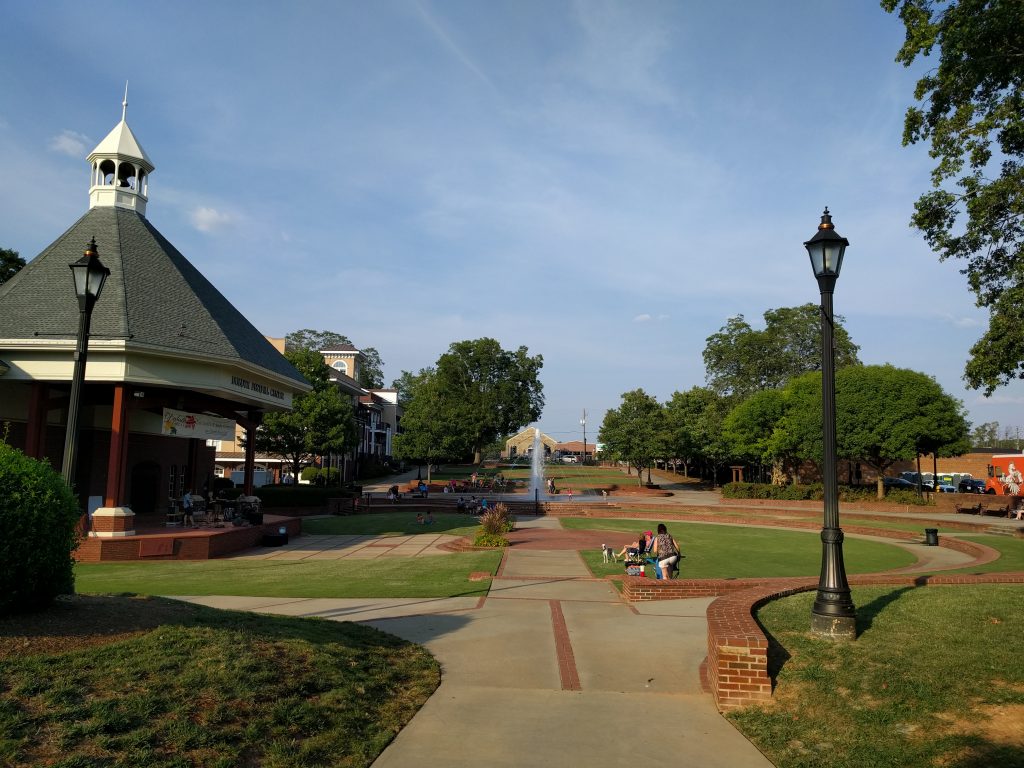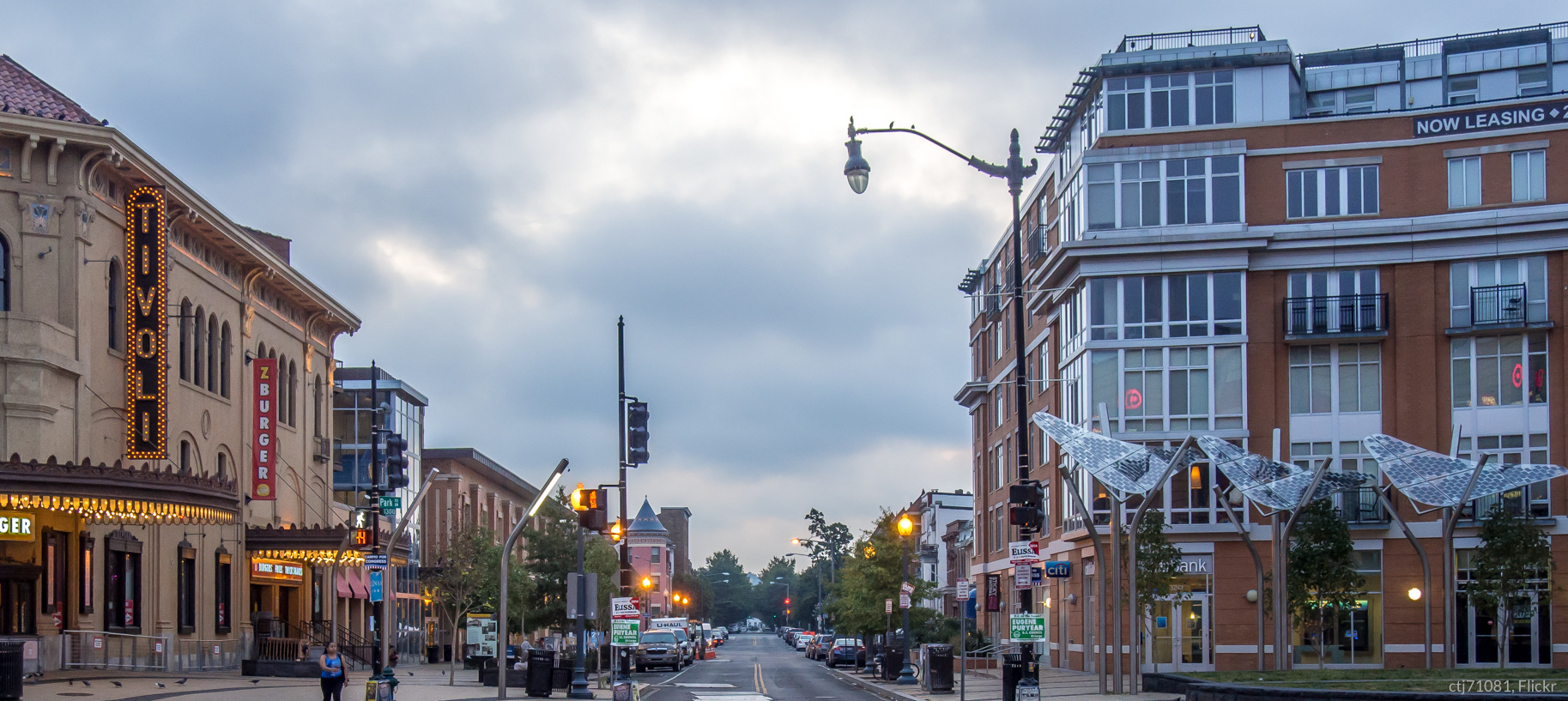David LeBlanc started slugging in 1997 and has been doing it ever since. He’s such a strong slugging supporter that he wrote a short guide and system map for users and now runs the Slug Lines website which is dedicated to the idea.
“Slugging” is an innovative, grassroots form of commuting in Washington DC and Northern Virginia that helps commuters get in and out of the city easily and efficiently. High occupancy vehicle (HOV) lanes, which require two or more passengers to use, provided the inspiration: drivers who would like to use the more efficient lanes pick up passengers – nicknamed “slugs” – and passengers, for their part, get a free and easy ride into the city. People almost always ride with strangers, but there’s a thriving community of devoted “sluggers.”
No one regulates or manages slugging; it’s a grassroots community of commuters who create carpools on the fly. A few other cities around the country have tried it to varying degrees, but it’s uniquely successful in the DC metro area. No one has ever conducted a formal survey or tally, but in 2007 the Virginia DOT pegged the number of daily sluggers at approximately 10,000 commuters.
LeBlanc visited Smart Growth America’s headquarters this week to discuss some of the frequently asked questions about slugging.

 The popular narrative about younger generations aging and leaving urban centers is presented as inevitable. But most news stories fail to examine why many younger people are taking up residence in suburbia—or whether or not the suburbs they’re choosing have more in common with cities or the exurbs their parents preferred. Perhaps their move to the suburbs is more a product of constrained housing supply that leaves them with little choice but to decamp as they grow.
The popular narrative about younger generations aging and leaving urban centers is presented as inevitable. But most news stories fail to examine why many younger people are taking up residence in suburbia—or whether or not the suburbs they’re choosing have more in common with cities or the exurbs their parents preferred. Perhaps their move to the suburbs is more a product of constrained housing supply that leaves them with little choice but to decamp as they grow.